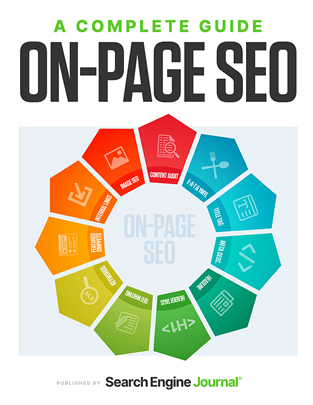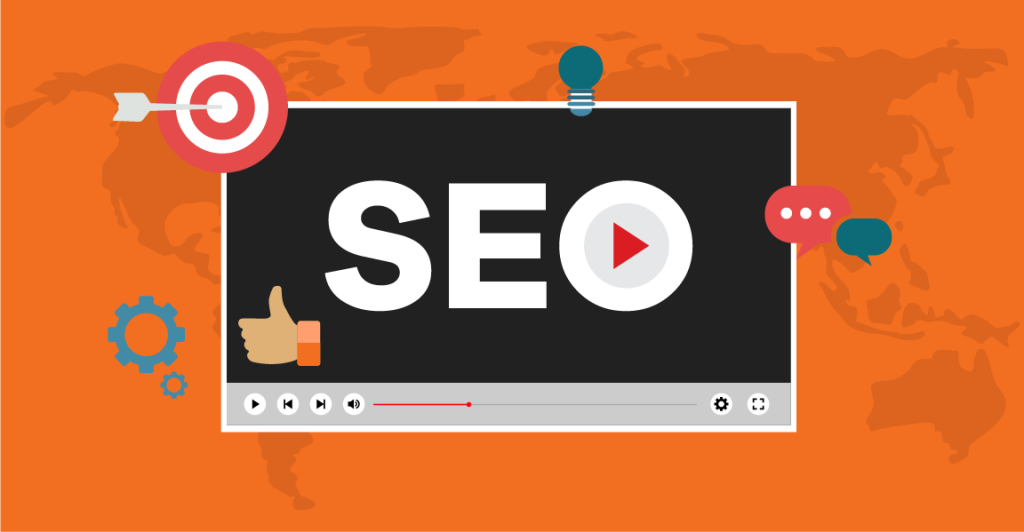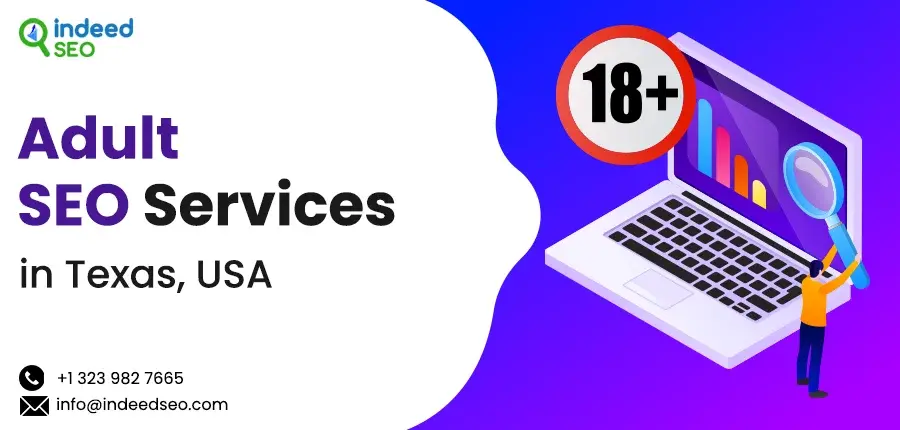An SEO page is a webpage optimized to rank well in search engine results. It focuses on relevant keywords and high-quality content.
Mastering the art of creating an SEO page is crucial for anyone aiming to enhance their online visibility. With the digital landscape becoming increasingly competitive, standing out in search engine results can significantly impact your website’s traffic and overall success.
An effective SEO page doesn’t just attract more visitors; it engages them, encouraging longer stays and more interactions. By integrating strategic keywords, ensuring mobile-friendliness, and improving page loading speed, you can create a webpage that not only ranks higher but also provides value to your audience. This approach to webpage creation is indispensable in today’s digital age, where visibility is synonymous with viability.
Introduction To Seo Pages
Welcome to the fascinating world of SEO pages. Let’s dive in.
The Role Of Seo In Digital Marketing
SEO stands for Search Engine Optimization. It helps websites appear in search results. Think of it like a library system. SEO makes sure your book (website) gets found. Without SEO, finding a website would be like searching for a needle in a haystack. SEO includes many steps. Each step makes your website more visible.
- Keywords: These are words people use to search.
- Content Quality: Good content attracts visitors.
- Site Speed: Fast sites make happy visitors.
- Mobile-friendliness: Most people use phones to browse.
Essentials Of An Optimized Page
An optimized page follows certain rules. These rules make the page friendly to both users and search engines. Let’s check some essentials.
- Title Tags: The title of your page. It should include keywords.
- Meta Descriptions: A brief page summary. It appears in search results.
- Headings: Use headings (like H1, H2) to organize content.
- Alt Text for Images: Describe what’s in images for search engines.
- Internal Links: Link to other pages on your site. It helps visitors find more info.
- External Links: Link to other websites. It shows your page has useful references.
Remember, an optimized page is easy to read and find. It has clear titles, headings, and descriptions. Images have text descriptions. Pages link to other related pages. All these steps help your website rank better in search results.
Credit: blog.hubspot.com
Keywords: The Cornerstone Of Seo
Keywords act as the foundation of SEO. They connect user queries to your page. Selecting the right keywords can place your content in front of the right audience. Let’s dive into how to research and position keywords effectively.
Researching The Right Keywords
Choosing the right keywords starts with understanding your audience. Consider what words they use when searching for your content. Use tools like Google Keyword Planner to discover popular search terms. Look for high-volume, low-competition keywords to target.
- Analyze current trends
- Study your competition
- Use keyword tools
Strategic Keyword Placement
Once you have your keywords, placing them strategically is crucial. Your main keyword should appear in the title, headings, and the first paragraph. Include it in the meta description and alt text for images. This helps search engines understand your page’s topic.
Here’s a quick guide for keyword placement:
| Location | Frequency |
|---|---|
| Title Tag | Once |
| Headings | Few times |
| First Paragraph | At least once |
| Meta Description | Once |
| Alt Text | As needed |
Remember to use synonyms and related terms to avoid keyword stuffing. Your content should read naturally while being SEO-friendly.
Content Quality And Seo
Great SEO relies on more than just keywords. The heart of SEO is content quality. High-quality content engages readers and satisfies search engines. Let’s explore what makes content both valuable and unique.
Creating Valuable And Relevant Content
Valuable content solves problems. It answers questions. It’s what users seek and love to share. To create valuable content, focus on your audience’s needs. Your content must educate, inform, or entertain.
- Research your audience’s interests.
- Answer common questions in your niche.
- Provide clear, actionable advice.
The Impact Of Freshness And Uniqueness
Search engines love fresh, unique content. It signals that your site is current and offers new value. To keep content fresh:
- Update posts with latest information.
- Add new insights to old topics.
- Create content on recent trends.
Uniqueness sets you apart. It makes your site memorable. Unique content must:
- Offer a new perspective.
- Include original research or data.
- Use a distinctive voice.
User Experience And Page Optimization
User Experience and Page Optimization are crucial for SEO success. A well-optimized page ensures visitors stay longer, interact more, and convert better. Focus on user-friendly design and fast load times for top results. Let’s dive into key aspects.
Mobile-Friendly DesignMobile-friendly Design
Sites must look great on phones and tablets. Users often surf the web on mobile devices. A mobile-friendly design keeps them happy and engaged. Google also ranks these sites higher.
- Responsive layout: Adjusts to screen sizes.
- Touch-friendly navigation: Easy menu access.
- Readable text: No zooming needed.
Page Speed And Load Time
Fast sites win user hearts. Slow pages make users leave. Google favors fast-loading pages in search results. Optimize images and code for speed. Use tools to measure and improve.
| Optimization Area | Best Practice |
|---|---|
| Image Size | Compress and resize. |
| Minify Code | Remove unnecessary characters. |
| Browser Caching | Store resources locally. |
On-page Seo Elements
On-Page SEO Elements are vital for search rankings. They tell search engines what your page is about. Let’s dive into key elements: Title Tags, Meta Descriptions, and Header Tags.
Title Tags And Meta Descriptions
Title tags define your page’s title. They appear in search results. Keep them under 60 characters.
Meta descriptions provide a summary. They should be compelling. Aim for 155 characters or less.
Title tags and meta descriptions are crucial. They impact click-through rates from search results.
Header Tags And Seo
Header tags structure your content. They range from H1 to H6. Use them for headings and subheadings.
H1 tags are for main titles. Only use one per page. Subsequent headers (H2, H3, etc.) break down topics.
Header tags help search engines understand content hierarchy. They make content easier to read.
Off-page Seo Factors
Understanding Off-Page SEO Factors is crucial for website success. These factors help improve a site’s position in search engine results pages. Unlike on-page SEO, off-page SEO involves activities outside your website. It boosts your site’s popularity, relevance, trustworthiness, and authority. Let’s dive into key off-page SEO elements.
The Power Of Backlinks
Backlinks are links from other websites to yours. They act as votes of confidence. Search engines see these votes. Thus, they rank your site higher. Aim for high-quality backlinks. These come from reputable and relevant websites. A mix of dofollow and nofollow links is best. Dofollow links pass on link equity. Nofollow links don’t, but they still matter. They show a natural link profile.
- Quality over quantity: Focus on getting links from high-authority sites.
- Relevance matters: Links from related fields boost SEO more.
- Diverse link sources: Get links from various websites.
Social Signals And Brand Mentions
Social signals refer to a website’s collective shares, likes, and overall social media visibility. These signals tell search engines that people find your content valuable. Brand mentions, whether linked or not, increase your brand’s visibility. They signal search engines about your brand’s relevance and authority. Engage with your audience on social media. Encourage them to share your content. Respond to comments. Participate in conversations about your brand.
- Share valuable content on social media regularly.
- Encourage user engagement through contests and polls.
- Monitor brand mentions and respond promptly.
Technical Seo For A Solid Foundation
Technical SEO is the backbone of any successful website. It ensures search engines can access, crawl, and index your pages. A solid technical foundation boosts rankings and user experience. Let’s dive into the key elements.
Site Structure and NavigationSite Structure And Navigation
Good site structure helps users and search engines find content easily. It should be logical and simple. Aim for a hierarchy that makes sense. This means having a clear menu and intuitive categories. Use breadcrumb navigation to enhance user experience.
- Home > Category > Sub-category > Page
- Keep URLs short and descriptive.
- Ensure each page is reachable within a few clicks.
Schema Markup And Rich Snippets
Schema markup is a code that helps search engines understand content. It leads to rich snippets in search results. Rich snippets can show stars for reviews, price for products, or a photo for recipes.
| Type | Example |
|---|---|
| Reviews | Star ratings in search results |
| Products | Price and availability |
| Recipes | Prep time and calories |
Add schema markup to HTML. Test it with Google’s Rich Results Test tool. This ensures rich snippets appear correctly.

Credit: www.searchenginejournal.com
Measuring Seo Success
Measuring SEO success is vital for any website. It shows if SEO efforts are working well. This section will cover how to track and measure SEO performance effectively.
Key Performance Indicators (kpis)
KPIs are metrics that show SEO success. They help understand the impact of SEO strategies. Here are common KPIs:
- Organic Traffic: Number of visitors from search engines.
- Bounce Rate: Percentage of visitors who leave after viewing one page.
- Conversion Rate: Percentage of visitors who take desired actions.
- Keyword Rankings: Positions of keywords in search results.
- Page Load Time: Speed of site loading for users.
- Click-Through Rate (CTR): Ratio of users who click on a specific link.
Tools For Tracking Seo Progress
Various tools can track SEO progress. These tools offer insights into website performance. Some top tools include:
- Google Analytics: Monitors website traffic and user behavior.
- Google Search Console: Tracks website search performance.
- Ahrefs: Provides keyword, backlink, and ranking insights.
- SEMrush: Analyzes competitors and keyword performance.
- Moz Pro: Offers SEO metrics and improves online visibility.
Use these tools to make data-driven decisions for SEO strategies.

Credit: blog.hubspot.com
Frequently Asked Questions
What Is A Page In Seo?
A page in SEO refers to a specific webpage that can be indexed and ranked by search engines, helping users find content via search queries.
What Is Seo And How Does It Work?
SEO, or Search Engine Optimization, boosts website visibility in search engines. It involves optimizing content and structure to rank higher for relevant queries, thereby increasing organic traffic.
How To Do Seo For Beginners?
Start by researching relevant keywords for your content. Ensure your website is mobile-friendly and loads quickly. Create high-quality, engaging content that incorporates your keywords naturally. Build backlinks by connecting with other websites. Regularly update your website with fresh content to keep it relevant.
What Are Examples Of Page Seo?
Examples of page SEO include optimizing title tags, meta descriptions, and headers. Using relevant keywords effectively throughout content also boosts SEO. Additionally, ensuring images have alt text and making URLs SEO-friendly are key strategies. Fast page loading speed and mobile optimization are essential for good page SEO too.
Conclusion
Understanding the essence of an SEO page is crucial for digital success. It blends well-crafted content with strategic keyword placement to boost search rankings. Embrace these principles, and watch your online visibility soar. Remember, mastering SEO pages is your ticket to a thriving web presence.


